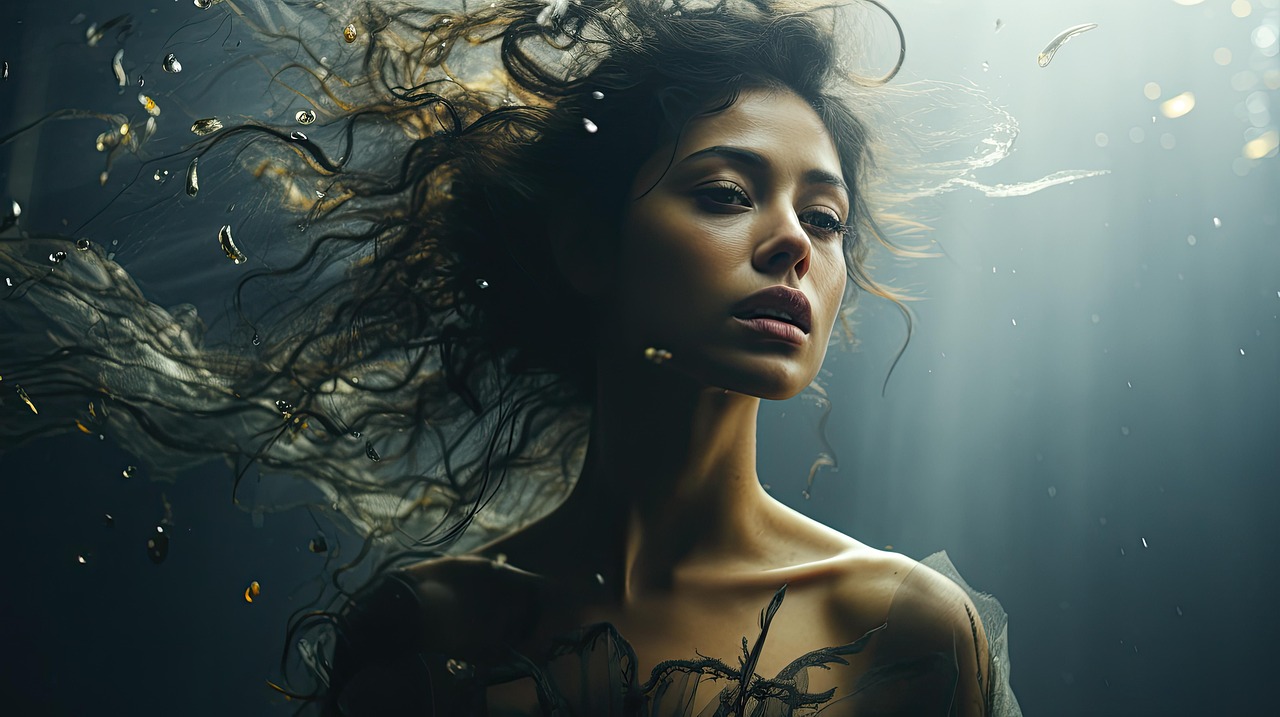Art has long been a mirror to the human soul, and portraiture remains one of the most intimate ways to express identity, emotion, and experience. As artistic techniques evolve, portraits in mixed media have emerged as a powerful medium to capture emotional depth beyond what traditional materials can convey. Through layered textures, unexpected materials, and dynamic compositions, these portraits invite viewers to engage not only with the physical appearance of a subject but also with their inner world.
Why Emotion Matters in Portraiture
At its core, portraiture is not simply about likeness. It is about presence—the emotions, energy, and unspoken truths of the subject. Great portraits evoke feeling. They remind us of someone we know, someone we once were, or someone we fear becoming. While traditional portraiture relies on realism and technique, portraits in mixed media break the boundaries of convention, allowing artists to translate emotion into tactile, visual form.
Mixed media’s ability to layer materials—paper, paint, fabric, ink, metal, and more—makes it especially suited to expressing human complexity. Just as people are layered with experiences, thoughts, and contradictions, so too are these artworks, which blend textures, media, and techniques to reflect multifaceted inner lives.
The Language of Layers
One of the most compelling aspects of portraits in mixed media is the way they utilize layering as a metaphor for emotion. A single layer of paint may represent the subject’s outer world, while a hidden collage underneath could speak to memories or dreams. The deliberate buildup and covering of layers mimic the way we reveal or conceal emotions in real life.
Artists often start with a foundation of abstract color, symbolizing emotional energy, before adding figural elements. Some incorporate handwritten letters, personal artifacts, or symbolic imagery to connect the viewer with a specific narrative or psychological state. The final portrait becomes a visual poem—open to interpretation, yet undeniably human.
Layering is not only symbolic but also tactile. The raised textures and surfaces invite viewers to feel as well as see. This physicality enhances the emotional resonance of the portrait, turning it into an experience rather than just an image.
Materials That Speak Emotion
Materials in portraits in mixed media are chosen not just for visual appeal but for their emotional and symbolic weight. A torn piece of fabric may reference loss; gold leaf might suggest reverence or hope. Charcoal, with its raw and smudged aesthetic, can evoke vulnerability, while ink lines offer structure and clarity. The choice of medium becomes part of the emotional language of the artwork.
Artists often blend traditional materials like acrylic paint with unexpected elements such as thread, wax, sand, or old photographs. These materials bring with them memories, textures, and histories that add to the narrative. The viewer is not just seeing a person; they’re seeing the fragments of a life.
This blending of media allows for greater emotional expression, as each material carries its own weight and energy. The fusion of these elements results in portraits that are richer in meaning, tone, and emotional complexity than those created with a single medium.
Beyond Likeness: Capturing Psychological Truth
Unlike hyper-realistic portraits that focus on replicating a face, portraits in mixed media often prioritize psychological depth. The goal is not necessarily to make the subject recognizable, but to make them felt. This opens the door for more abstract and interpretive approaches, where colors, shapes, and textures convey inner landscapes.
A blue-hued face might express calm, sadness, or introspection. Rough, overlapping textures can signal turmoil or confusion. The visual cues in these artworks communicate feelings more directly than a perfect replication of features ever could.
This psychological dimension makes portraits in mixed media deeply personal for both the artist and the viewer. Artists pour themselves into each layer, while viewers project their own experiences onto the piece, creating a dynamic emotional exchange. These portraits do not simply hang on a wall—they speak, whisper, and sometimes even scream.
Emotional Resonance in Contemporary Spaces
The emotional impact of portraits in mixed media makes them especially appealing in contemporary settings. Whether displayed in a home, therapy office, or creative studio, they spark introspection and conversation. Their layered construction invites multiple viewings, with new details and emotions emerging each time.
In a world that often encourages surface-level interactions, these portraits remind us of the depth, vulnerability, and complexity that define the human experience. They resonate with anyone who has ever wrestled with identity, memory, grief, joy, or transformation.
Collectors and enthusiasts are increasingly drawn to these pieces not only for their beauty but for their honesty. They offer a visual representation of emotional truth—raw, complex, and real. Owning such a piece is not just about decoration; it’s about connection.
The Power of Feeling in Form
Portraits in mixed media represent a bold, emotionally rich evolution of portraiture. They move beyond simple resemblance to touch on something deeper: the invisible emotional layers that make us who we are. Through the interplay of materials, textures, and symbolism, these portraits become vessels of empathy, storytelling, and human connection.
As more artists turn to mixed media to explore identity and emotion, and more viewers embrace the raw truth of these works, this genre continues to grow in relevance and power. In every layered stroke, textured surface, and symbolic object, portraits in mixed media remind us that beneath the surface, there is always more to see—and more to feel.

